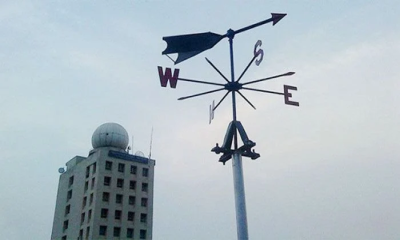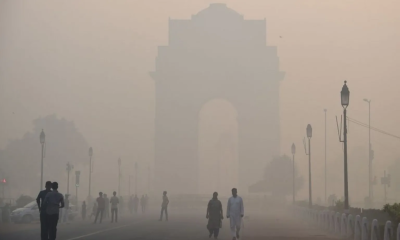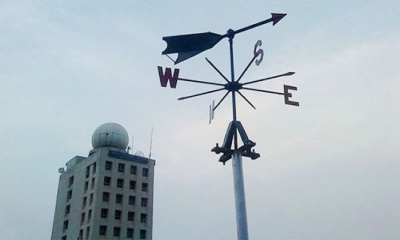On April 20, the "Ningaloo" hybrid solar eclipse will produce both a total eclipse, in which the sky will go completely dark for a few moments, and an annular eclipse, in which the moon will partially cover the Sun, creating a "ring of fire" effect.
The eclipse will be best viewed from the western coast of Australia. The term “Ningaloo” derives from the Ningaloo coast of Australia.
This eclipse is a "hybrid" eclipse since it will move from an annular eclipse to a total eclipse before returning to an annular eclipse in some parts of the world.
The Moon does not entirely cover the Sun during an annular eclipse. It will appear instead as a smaller dark disc "on top" of the Sun. The "ring of fire" effect is caused by this.
According to the Government of Western Australia, a total solar eclipse will only be visible in one town: Exmouth on Australia's western coast.
According to retired NASA astronomer and eclipse expert, Fred Espenak, a partial eclipse will be visible in Southeast Asia, the East Indies, the Philippines, New Zealand, and other areas of Australia. An annular eclipse will be visible to viewers in Timor-Leste and parts of Indonesia.
A solar eclipse occurs when the Moon comes between the Sun and the Earth, partially or fully blocking out the Sun. A total eclipse occurs when the Sun is fully covered. The sky will get entirely dark during the entire duration of the Ningaloo eclipse, as if it were early morning or late at night.
Only those who are in the Moon's shadow will be able to see the total solar eclipse, which will be some of the parts of western Australia. If the weather is favorable, these viewers may even be able to see the Sun's corona, which is normally covered by the star's dazzling face.
In general, eclipses occur in pairs, and the solar eclipse scheduled for April 20 is no exception. On May 5, a lunar eclipse will occur after it. However, because the lunar eclipse will be penumbral, there will be some imperfect alignment of the Sun, Earth, and Moon.







-20251216092417.webp)










-20251231101531.webp)




-20251231082350.webp)




-20251227141313.jpeg)









